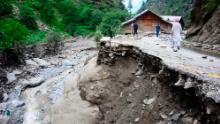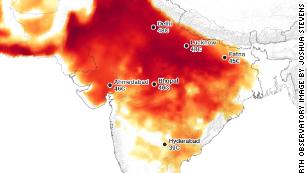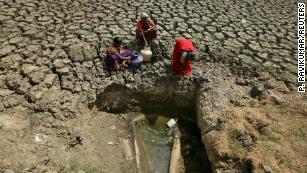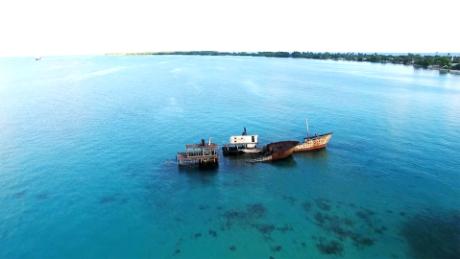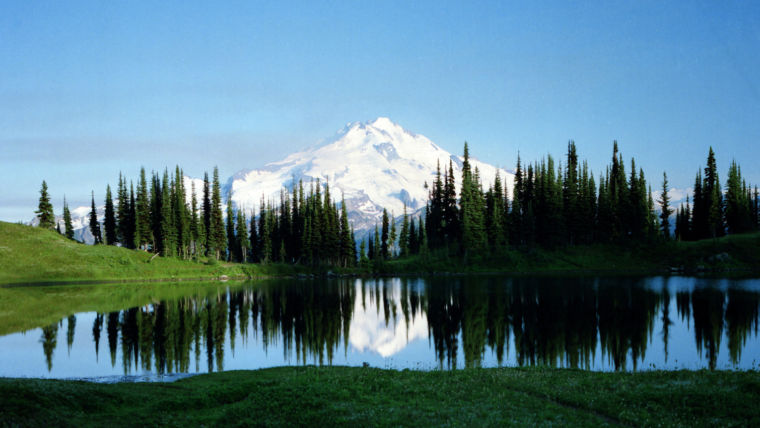Our youngest of 4, our daughter Melanie, got married last weekend. What a spectacular, magical event. We had hoped to hold the ceremony outside on the shore overlooking Lake Michigan. Thank goodness we had an indoor backup plan. The country was baking under a massive heat wave and the temperature that day was 96 degrees.

But this weather, while unusual and very hot, is nothing compared to what is now happening, for the second time this summer, in Europe where heat records are being shattered. And as the following article points out, South East Asia is already suffering much worse than here in the US and other parts of the world. As is pointed out:
“The unfolding climate emergency will affect the entire world, but it will not do so equally, or all at the same time. Parts of the globe will see manageable temperature spikes or variable weather, as others face deadly droughts, heatwaves, flooding and extreme weather. Those who survive these climate shocks may find local agriculture and infrastructure devastated, making them all the more vulnerable in future.”
As we watch what is going on in other areas of the planet we have to be asking ourselves, “when is this going to really affect me?” For many in the US they are already feeling the climate crisis acutely. The California wildfires, oppressive heat waves, massive flooding and unprecedented hurricanes amongst other weather calamities are already hitting many in the US hard. We simply moved our wedding indoors into air conditioned space. But many, many others don’t, and won’t have this option. The consequences are devastating and, already creating disaster.
“A combination of rising temperatures and more severe droughts and flooding is raising the very real question whether parts of India could soon be unlivable for humans. And it’s not just India, scientists predict extreme heatwaves that can kill even perfectly healthy people are becoming more common across South Asia, as well as much of the Middle East and North Africa.”
“Almost six million people are under threat from rising flood waters across South Asia, where hundreds of thousands of people have already been displaced as a result of heavy monsoon rains.
In Afghanistan, drought has devastated traditional farming areas, forcing millions of people to move or face starvation, while in Bangladesh, heavy monsoon flooding has marooned entire communities and cut-off vital roads. Especially at risk are the hundreds of thousands of Rohingya refugees living in fragile, makeshift camps along the country’s border with Myanmar.”
“This is the sharp edge of the climate crisis. What seems an urgent but still future problem for many developed countries is already killing people in parts of Asia, and a new refugee crisis, far worse than that which has hit Europe in recent years, is brewing.”
“Climate change is no longer a future event. We already appear locked into 1.5C of warming, once hoped to be the top limit of human-caused climate change, and are now on path to blow through the 2C limit set by the Paris Agreement.”
The message I want to convey to you today is that while we here in the US may be experiencing the beginning of the climate crisis in some very real ways, other parts of the world are experiencing much greater impacts. And this is just the beginning of the beginning. It is disgraceful that some people in the US, especially the leaders of the Republican Party continue to deny the science and refuse to take action to confront this existential threat. In many ways, they even perpetuate and fuel the threat by continuing to promote and subsidize fossil fuel use.
Furthermore, incremental progress is no longer an option if we are to avoid much, much greater impacts. We, the whole world, must pull up our britches and make massive changes happen quickly and this will take public outcry and political will. We simply must demand that our elected officials do whatever is NECESSARY if we are to have any chance to maintain our civilization in any semblance of what we now have. We can and must do this nationally and we can do it locally as well. We need an “all hands on deck” mentality. We’ve simply run out of time to do anything else.
Our children and grandchildren are counting on us to save the planet which we are bequeathing to them.
What Happens When Parts of South Asia Become Unlivable? The Climate Crisis is Already Displacing Millions
The flooding comes as India was still reeling from a weeks-long water crisis amid heavy droughts and heatwaves across the country which killed at least 137 people. Experts said the country has five years to address severe water shortages, caused by steadily depleting groundwater supplies, or over 100 million people will left be without ready access to water.
In Afghanistan, drought has devastated traditional farming areas, forcing millions of people to move or face starvation, while in Bangladesh, heavy monsoon flooding has marooned entire communities and cut-off vital roads. Especially at risk are the hundreds of thousands of Rohingya refugees living in fragile, makeshift camps along the country’s border with Myanmar.
This is the sharp edge of the climate crisis. What seems an urgent but still future problem for many developed countries is already killing people in parts of Asia, and a new refugee crisis, far worse than that which has hit Europe in recent years, is brewing.
Agriculture in South Asia has depended on the annual monsoon for centuries. If the rains arrive late, as they did this year, they can cause widespread drought and water shortages. Since the late 19th century, scientists and government agencies have sought to model and predict when the monsoon will come, a vital task in apportioning relief and assistance to the two billion or so people who depend on the monsoon for sustenance.
Climate change is making this task increasingly difficult, however. According to a study in the journal Nature, the warming of the Indian Ocean, the increasing frequency of the El Niño weather phenomenon, air pollution and changing land use across the subcontinent has led to steadily decreasing rainfall, increasing the variability of the monsoon and making it harder to accurately model.




